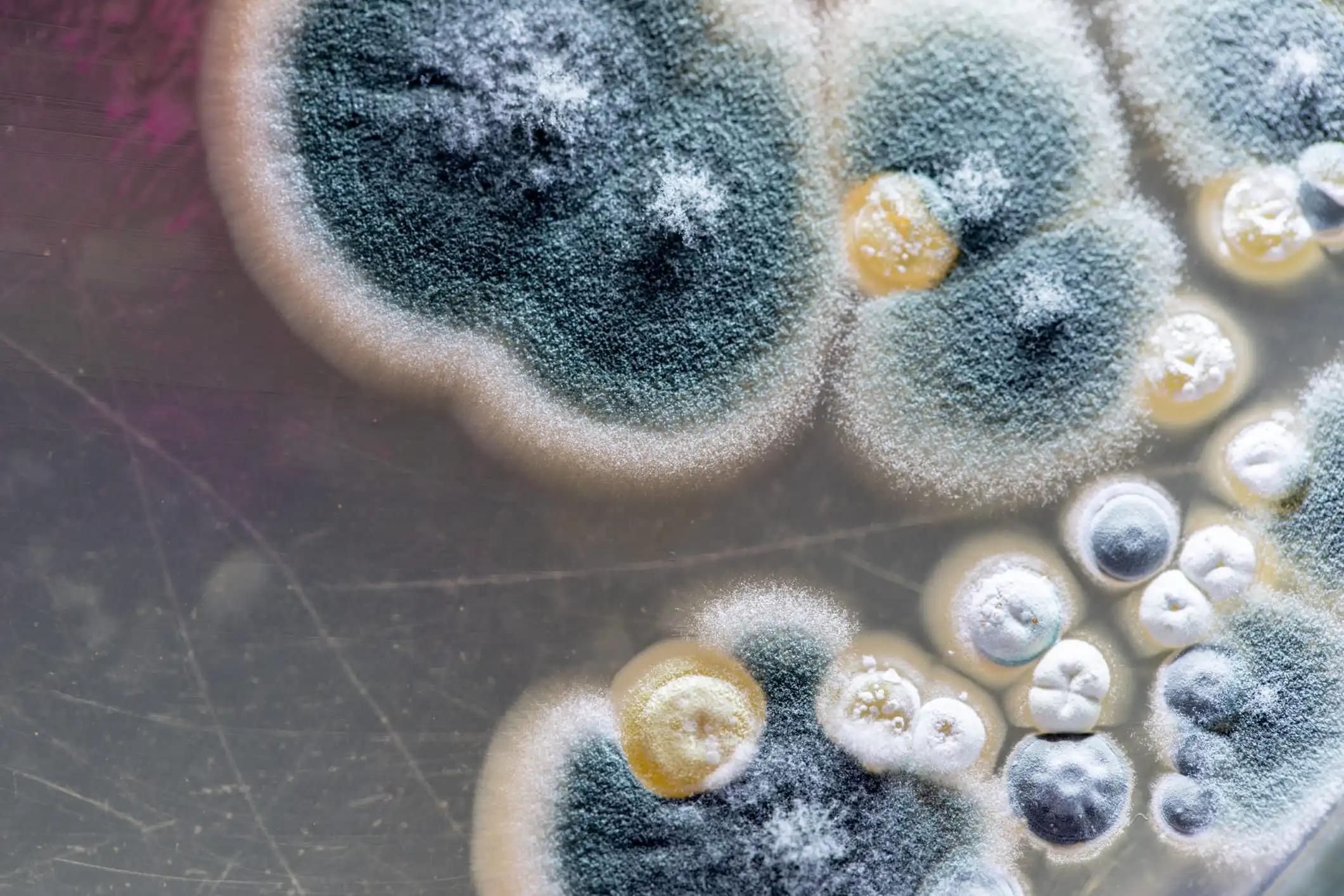KEY TAKEAWAYS
- The study aimed to delineate the involvement of distinct myosin family members in endometrial cancer progression.
- The results revealed that MYH14 is a potential target and sesamolin is a valuable drug for EC therapy.
Endometrial cancer (EC) stands as a prevalent malignancy within gynecological oncology, affecting a significant number of women each year. This holds a complex clinical challenge due to variations in type, grade, and risk factors.
Yibin Lin and the team sought to elucidate the contribution of particular myosin family members to EC progression.
The study utilized bioinformatics analyses to unveil genes associated with prognosis in patients with EC. Moreover, a range of experimental techniques, including colony formation, immunofluorescence, cell counting kit-8, wound healing, and transwell assays, along with co-immunoprecipitation, cycloheximide chase, luciferase reporter, and cellular thermal shift assays, were employed to conduct functional and mechanistic analyses across human EC samples, cell lines, and a mouse model.
The results revealed that machine learning techniques pinpointed MYH14, a myosin family member, as the gene associated with prognosis in patients with EC. Additionally, bioinformatics analyses based on public databases indicated MYH14’s association with EC chemoresistance. Immunohistochemistry further validated MYH14 upregulation in EC cases compared to normal controls, confirming its status as an independent and adverse prognostic indicator in EC. MYH14 hindered cell sensitivity to carboplatin, paclitaxel, and progesterone while promoting cell proliferation and metastasis in EC.
Mechanistic investigations unveiled MYH14’s interaction with MYH9, impairing GSK3β-mediated β-catenin ubiquitination and degradation, thus fostering the Wnt/β-catenin signaling pathway and epithelial-mesenchymal transition. Sesamolin, extracted from Sesamum indicum (L.), directly targeted MYH14, attenuating EC progression. Moreover, sesamolin disrupted the interplay between MYH14 and MYH9, suppressing MYH9-regulated Wnt/β-catenin signaling. In vivo studies further confirmed sesamolin as a therapeutic agent devoid of side effects.
The study concluded that MYH14, associated with EC prognosis, independently correlates with reduced overall patient survival and enhances EC progression by activating Wnt/β-catenin signaling. Targeting MYH14 with sesamolin, a cytotoxicity-based method, could synergize with chemotherapy and endocrine therapy to mitigate EC development.
This underscores MYH14 as a promising therapeutic target and sesamolin as a valuable natural compound for EC treatment.
Research was funded by the Joint Funds for the Innovation of Science and Technology, the Guangdong Basic and Applied Basic Research Foundation, the Fujian Provincial Financial Health Provincial Special Subsidy Funds, the Natural Science Foundation of Fujian Province, the Medical Innovation Project of Fujian Provincial Health Commission, and the Fujian Province Finance Project.
Source: https://pubmed.ncbi.nlm.nih.gov/38698330/
Lin Y, Chen X, Lin L, et al. (2024) “Sesamolin serves as an MYH14 inhibitor to sensitize endometrial cancer to chemotherapy and endocrine therapy via suppressing MYH9/GSK3β/β-catenin signaling.” Cell Mol Biol Lett. 2024 May 2;29(1):63. doi: 10.1186/s11658-024-00583-9. PMID: 38698330.



